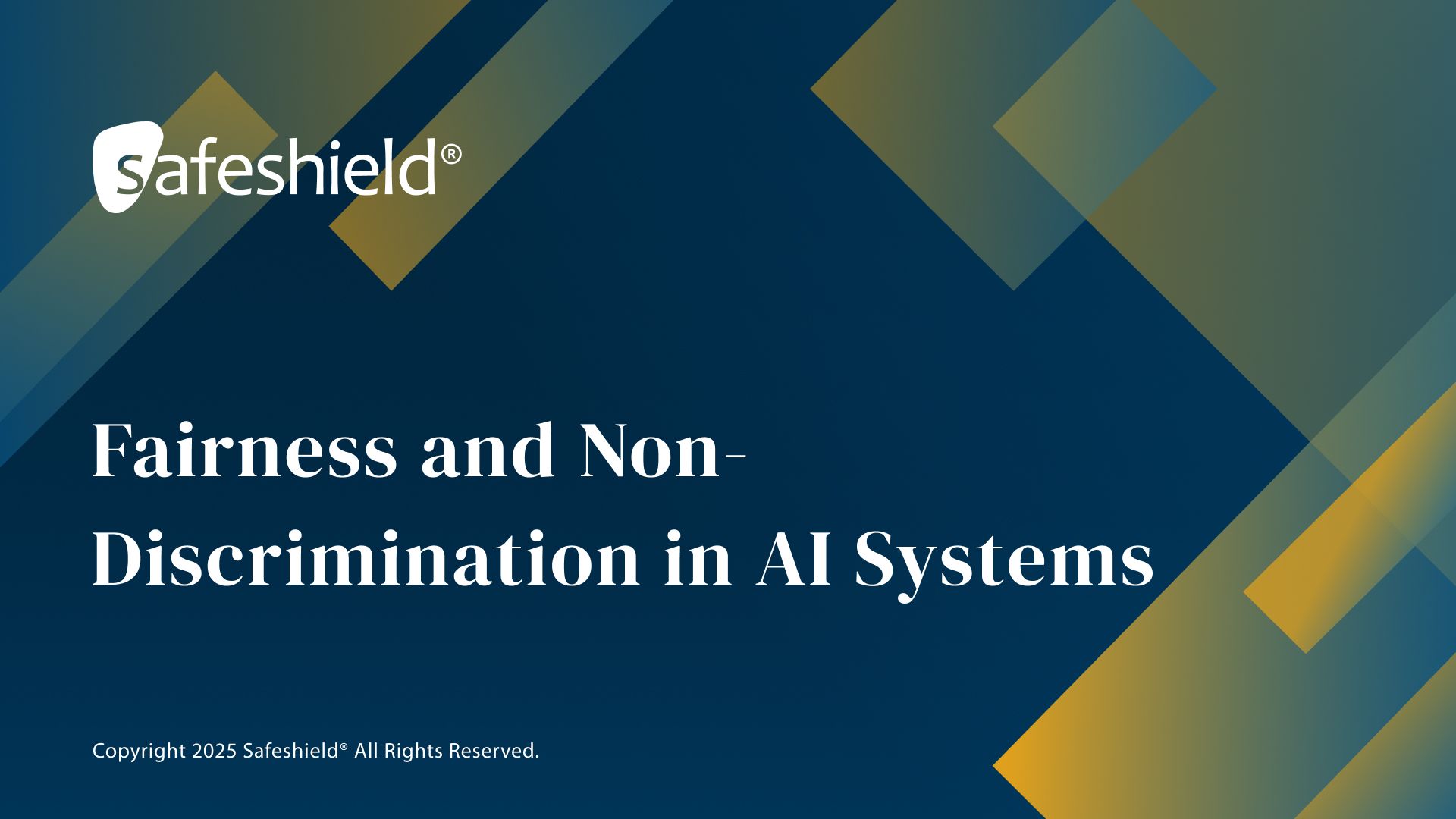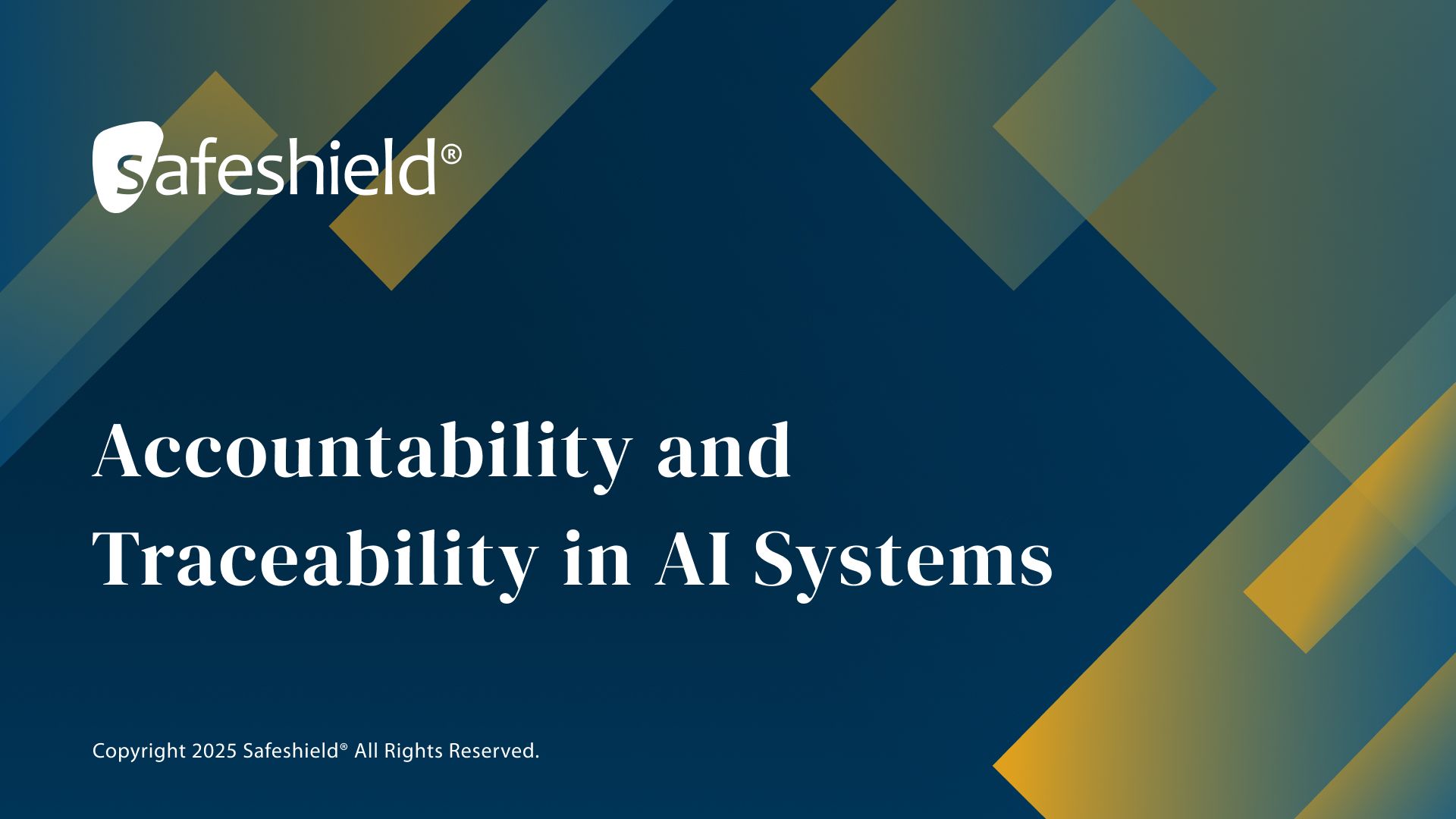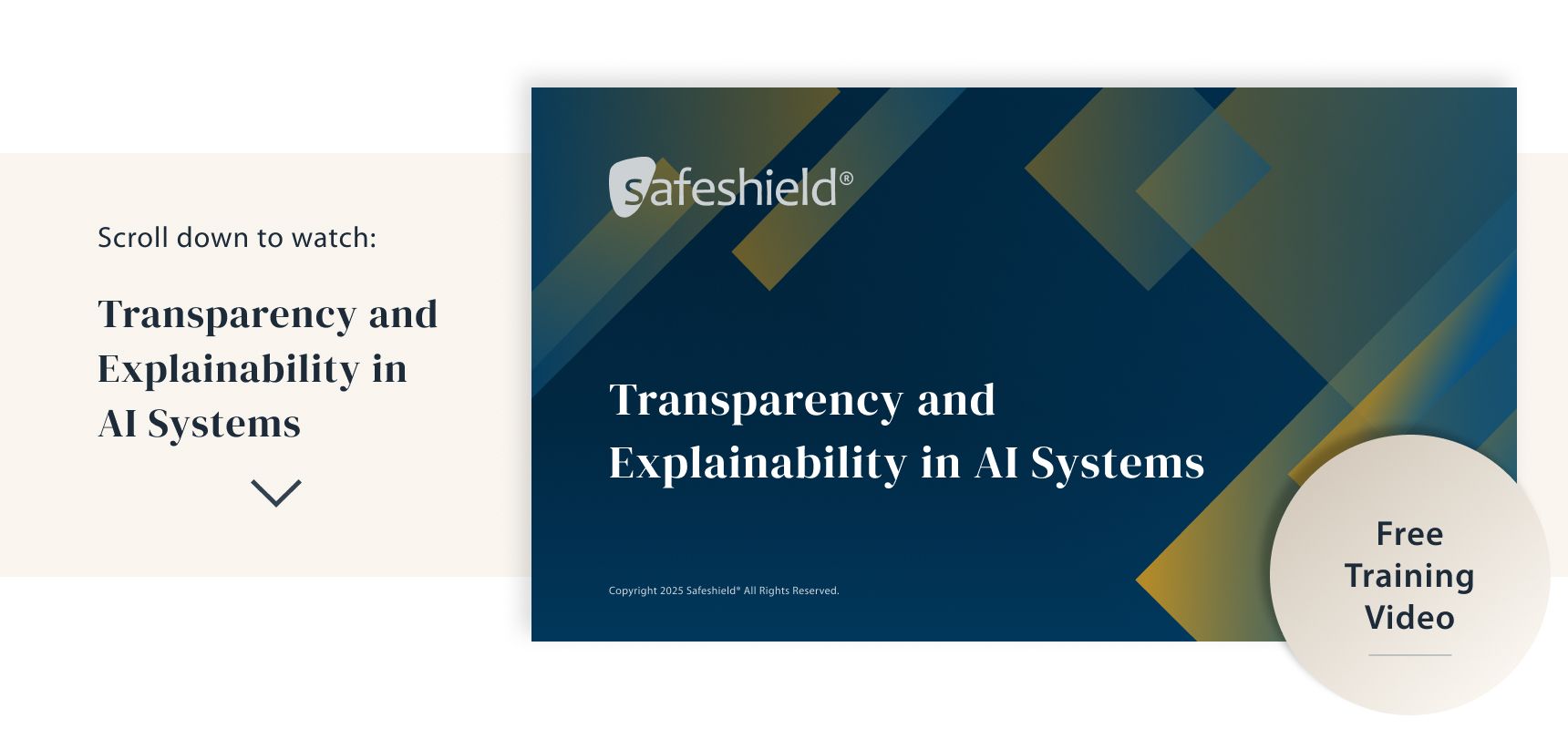Free Training: Transparency and Explainability in AI Systems
November 18, 2025
his course builds directly on the foundations established in our AI Governance Foundations module and continues our structured series on AI Governance, Risk Management, and Compliance. While the first course introduced the core concepts, principles, and regulatory landscape, this course goes deeper into the essential pillars of transparency and explainability. It is designed to help you understand why these principles matter and apply them in practice, aligning with international standards such as ISO/IEC 42001, the NIST AI Risk Management Framework, and the EU AI Act. Together, these courses form a progressive learning pathway, equipping you with the knowledge and tools to implement, monitor, and audit AI systems responsibly as you advance through the full AI GRC curriculum.
Transparency and explainability are two of the most critical principles in the governance of artificial intelligence. They provide the foundation for trust, accountability, and meaningful oversight of AI systems.
Transparency refers to making the inner workings, design choices, data sources, and limitations of an AI system visible and understandable to relevant stakeholders. It ensures that users, regulators, auditors, and impacted individuals are not left in the dark when an AI system makes or supports decisions.
Explainability, on the other hand, refers to the ability of the AI system to communicate the reasoning behind its outputs in clear, human-understandable terms. While transparency focuses on openness and disclosure, explainability focuses on comprehension and clarity.
Transparency and explainability are essential to ensure that AI systems are not “black boxes” but instead are interpretable, predictable, and accountable. This module introduces the objectives, scope, and structure of transparency and explainability, setting the stage for exploring how these principles are embedded in international standards such as ISO/IEC 42001, the NIST AI Risk Management Framework, and the EU AI Act.
Participants will also learn about the risks associated with opaque systems, the benefits of making AI interpretable, and the organizational responsibilities in applying these principles throughout the AI lifecycle.
By the end of this module, learners should recognize transparency and explainability as mandatory elements for building trustworthy AI systems.
To learn more about our AI GRC professional certification training, you can visit us here.
Share this article

Welcome to this course on Fairness and Non-Discrimination in AI Systems. Fairness in artificial intelligence is not just a desirable quality; it is a fundamental requirement to ensure that AI systems serve people equitably and responsibly. When we talk about fairness, we refer to the absence of systematic bias, unequal treatment, or discrimination in the way AI makes decisions. This is especially critical because AI increasingly influences decisions in sensitive areas such as hiring, credit scoring, healthcare, policing, and education. A biased algorithm in any of these contexts can cause real harm to individuals and communities. The introduction of fairness as a design principle reminds us that AI must operate within the ethical and social expectations of the societies in which it is deployed. Fairness is also about legitimacy: organizations that fail to demonstrate fairness face reputational, legal, and financial risks. Many international frameworks, including ISO/IEC 42001, the European Union Artificial Intelligence Act, and the NIST AI Risk Management Framework, emphasize fairness as a core principle. In this course, we will explore fairness not as an abstract concept but as a practical requirement. We will discuss how unfairness arises, how to detect it, and how to implement safeguards to mitigate discriminatory outcomes. The goal is to equip you with both the conceptual understanding and the practical tools necessary to ensure AI systems are developed, deployed, and monitored with fairness as a guiding principle. To learn more about our AI GRC professional certification training, you can visit us here .

Welcome to this course on accountability and traceability in AI systems. These two principles are at the core of trustworthy artificial intelligence. Accountability ensures that individuals, teams, and organizations remain answerable for decisions and outcomes associated with AI. Traceability, on the other hand, guarantees that the steps leading to those decisions can be tracked, reconstructed, and verified. Together, they provide the backbone of governance, compliance, and trust. In this session, we will explore how accountability and traceability function within AI governance frameworks such as ISO/IEC 42001, the NIST AI Risk Management Framework, and the European Union’s AI Act. We will discuss practical mechanisms such as audit trails, role assignment, data lineage, and documentation processes that make these principles operational. The course is structured into five sections: first, we will introduce the foundations of accountability and traceability. Then, we will examine how international standards and frameworks define these concepts. Next, we will explore mechanisms that organizations can adopt to ensure accountability and traceability across the AI lifecycle. We will also analyze case studies where the absence of these principles resulted in failures or risks. Finally, we will conclude by summarizing benefits, emerging challenges, and actions you can take to strengthen accountability and traceability in your own organization. By the end of this course, you will have a solid understanding of these two governance pillars, why they matter, and how to apply them to ensure safe, responsible, and compliant AI. To learn more about our AI GRC professional certification training, you can visit us here .



